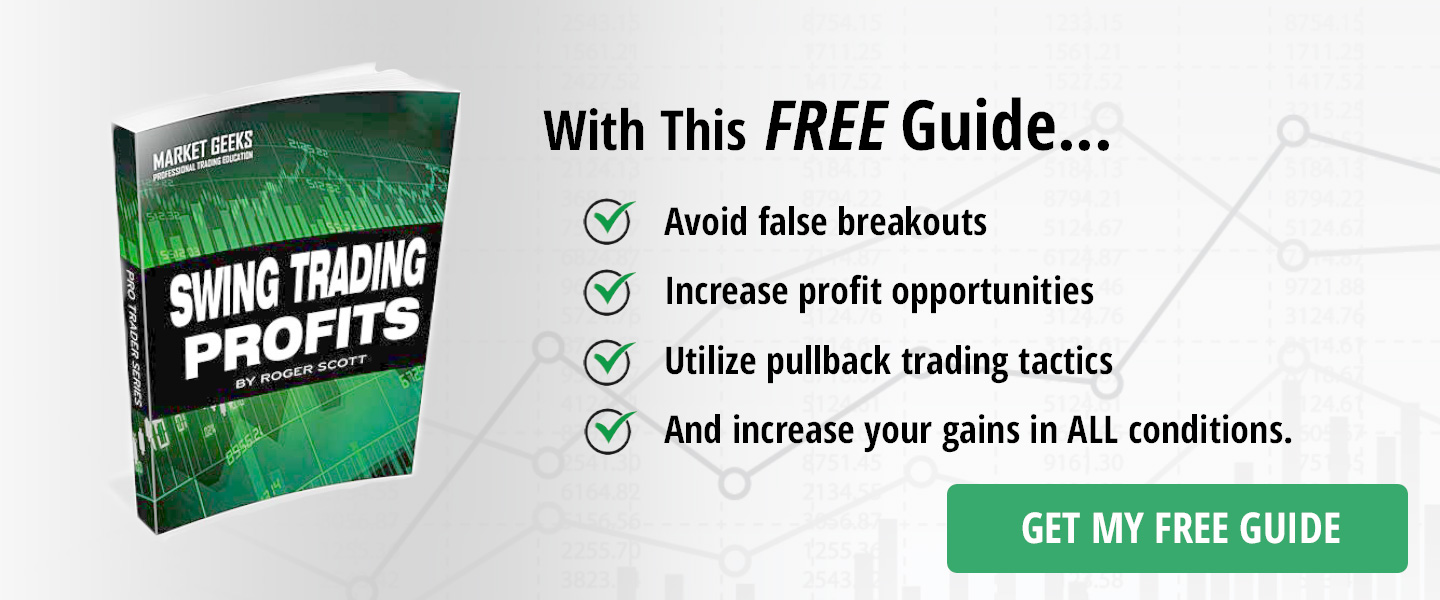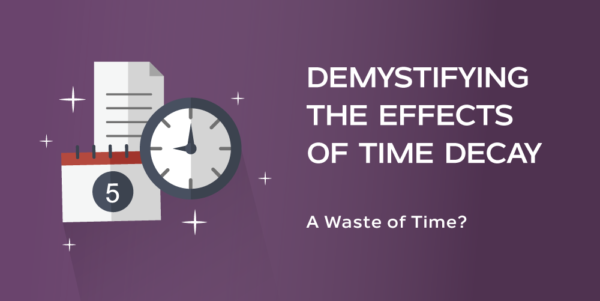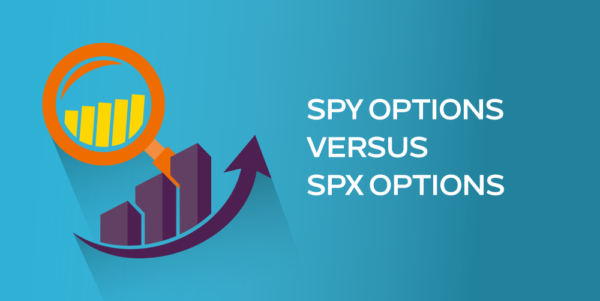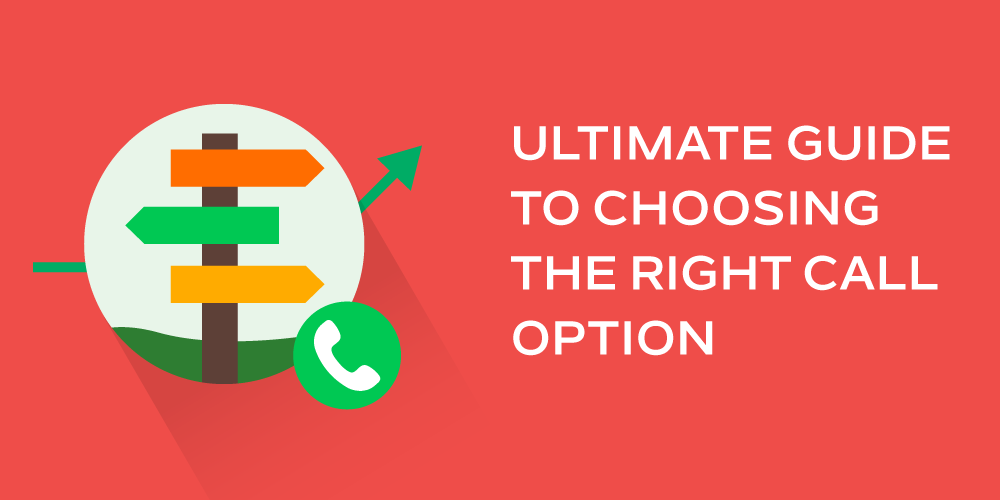
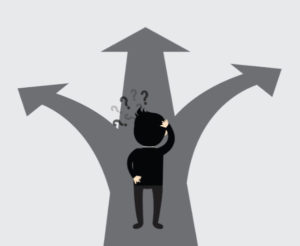 There are many factors that go into deciding which call option to buy. One of the biggest mistakes that beginners make is focusing on the price of the call option, instead of the ultimate objective or the reason for purchasing the call option.
There are many factors that go into deciding which call option to buy. One of the biggest mistakes that beginners make is focusing on the price of the call option, instead of the ultimate objective or the reason for purchasing the call option.
The better way to approach this question is to determine exactly what the call option is worth and how much value you can gain from the option that you are interested in purchasing.
The biggest factor that should go into deciding which call option to purchase is to consider the anticipated movement in the underlying asset and the timing for that movement, only then can you reasonably determine which option you should purchase.
There are three main types of call options:
- Out of the money – This is the cheapest type of call option. The strike price for the option is substantially above the price of the underlying asset. This type of option is typically purchased when the call buyer anticipates a very strong move within a relatively short time in the underlying asset.
For example, if the price of the underlying stock is $50.00 per share, an out of the money call option with a strike price of $60.00 would be an out of the money option. This option would require the price of the stock to move substantially higher for this particular option to begin gaining substantial value.
- At the money – This particular call option is purchased when the buyer is expecting a medium sized move within a relatively short period of time. The at the money call option is a popular choice for swing traders, because it doesn’t require a very strong move to begin gaining value, unlike an out of the money call option.
For example, if the price of the underlying stock is $50.00 per share, at the money call option would be a $50.00 strike price call option. This particular call option would be much more responsive or sensitive to the movement of the underlying stock price and would move roughly $.50 cents for every dollar the underlying stock price gains.
- In the money – The in the money call option is purchased when the call buyer is expecting the option to move very closely to the movement of the underlying stock.
In the money call option is a viable choice when the the underlying stock is expensive and the trader wants to participate in the movement of the underlying stock. Its also applicable when the trader doesn’t want to incur the downside risk or exposure that comes with owning the actual asset and doesn’t want to spend or doesn’t have a large enough account to purchase the amount of shares that are needed.
For example, if the price of the stock is $200.00 per share and the trader wants to purchase 100 shares of the underlying stock, the trader will need $20,000.
If on the other hand, the trader decides to purchase the in the money call options, the cost would be $25.00. For example, the cost of the 1 contract (100 shares) would be $2,500 instead of the $20,000 that would be needed to purchase 100 shares of the underlying stock instead of the call option.
Figure in the Time Duration
In addition to deciding which strike price you should purchase, the second part is deciding on how much time you will need.
You have to keep in mind that options decay or lose a major portion of their value during the last month prior to expiration. Therefor I don’t recommend you purchase call options that have less than one month till expiration. This is unless you are expecting an imminent price move in the underlying asset.
If you are day trading or swing trading and intend to hold the call option for a few hours or a few days, then buying options with less than one month of time value may be a viable choice. The less time the option holds, the cheaper, because the odds of it expiring worthless are high.
But on the other hand, if you don’t know or have a good sense of how long it may take for the underlying asset to begin moving, then it may be a good idea to purchase a call option that has a few months till expiration.
This way the option will decay slowly and give you bigger time window for the underlying asset to make a price gain that’s needed for the option to move higher and ultimately gain more value, which is our ultimate goal.
In summary, consider the strike price and the timing of the underlying asset instead of focusing on the price of the call option. If you follow this simple advice, you will increase the odds of buying call options that end up expiring in the money instead of expiring out of the money and worthless instead.
All the best,
Roger Scott


